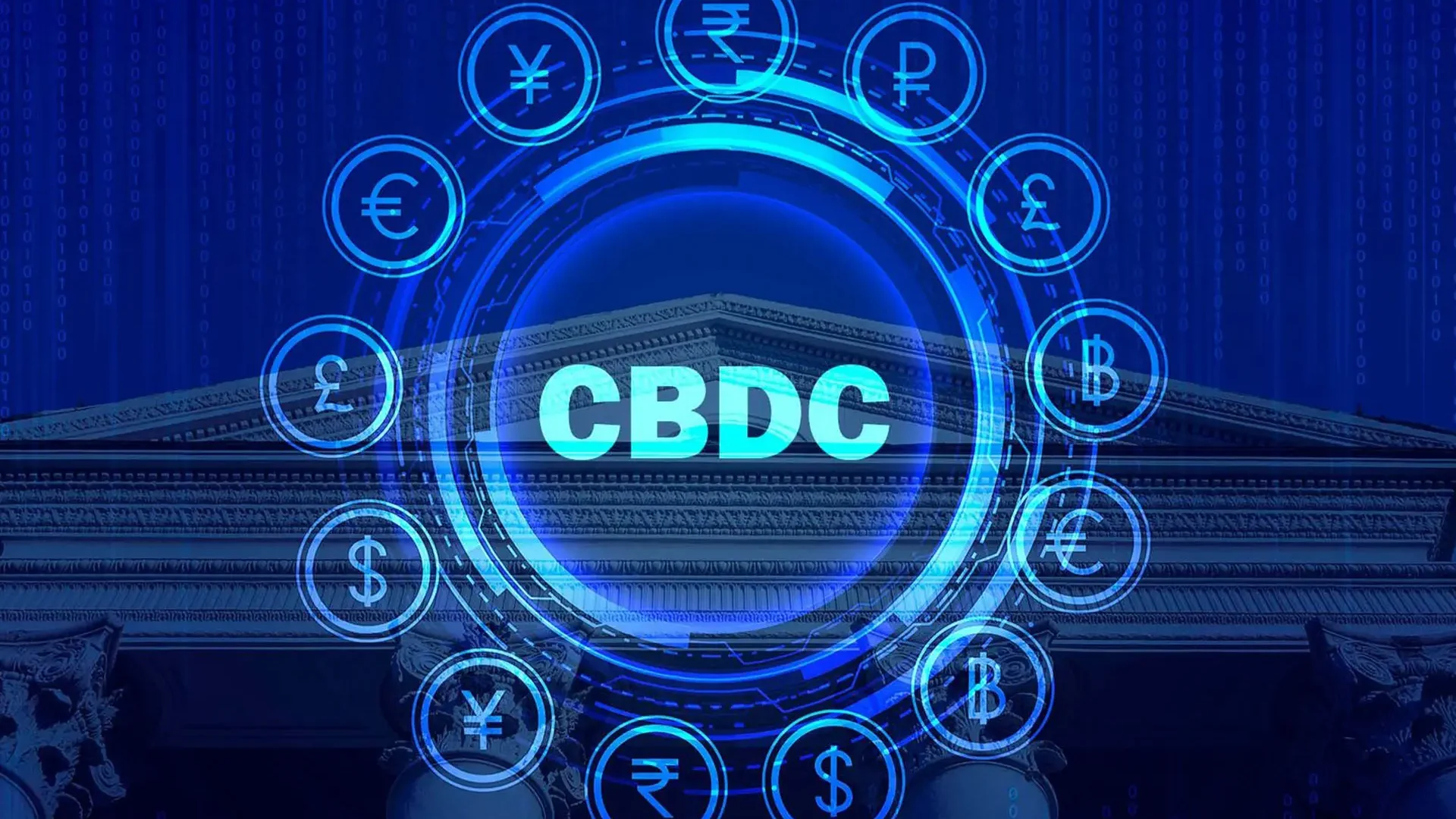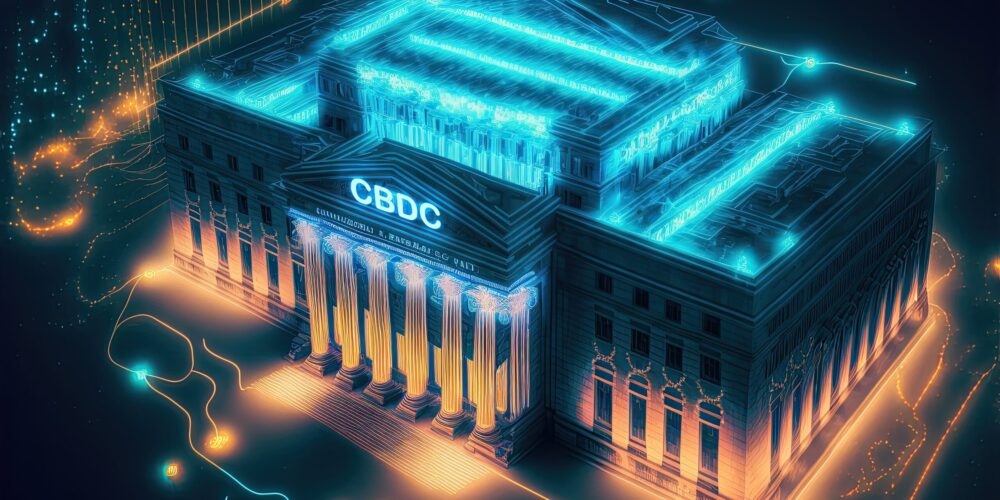The Philippines Plan to Introduce Central Bank Digital Currency Within Two Years
The Philippines aims to introduce a central bank digital currency (CBDC) within the next two years. This decision was announced by the governor of the Bangko Sentral ng Pilipinas (BSP) – Eli Remolona. Interestingly, the CBDC will be implemented without the use of blockchain technology.
BSP’s Wholesale CBDC Model Focusing on Interbank Cooperation
BSP plans to establish a wholesale CBDC model that will rely on interbank cooperation. This approach aims to enhance and secure domestic and cross-border payment systems by enabling banks to settle transactions reliably in real-time.
An Alternative to Retail Banking and Enhancement of Payment Systems
The introduction of wholesale CBDC is intended to provide a secure and efficient alternative to retail banking and facilitate real-time payment systems. BSP has decided to leverage the Philippine Payments and Settlements System as the technological foundation for CBDC, without necessarily adopting blockchain technology.
Security Against Fraud and Cyber Attacks
According to the Bank for International Settlements (BIS), digital ledgers can make wholesale CBDCs more secure against fraud and cyber attacks. BSP is committed to ensuring a high level of security for the new digital currency.
Rejecting Blockchain Technology in Favor of Wholesale Solution
Despite the popularity of blockchain technology, BSP has chosen to reject its use in favor of a wholesale solution for its digital currency. Governor Remolona noted past shortcomings in attempts to employ blockchain in CBDC-related projects and opted for a different path.
Project Implementation Within Two Years
Eli Remolona asserts that the Philippines can achieve the goal of introducing a central bank digital currency within two years. Analyzing models of other central banks conducting similar projects, BSP is optimistic about the future of its CBDC.




